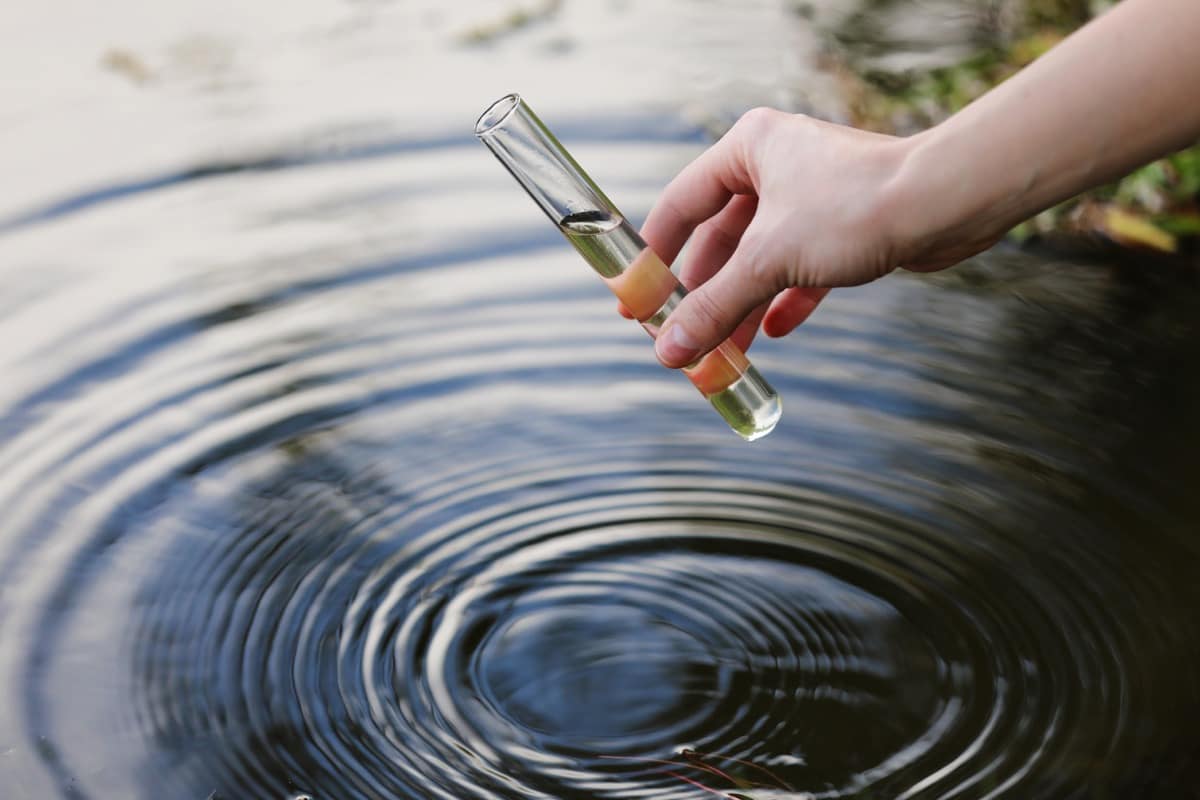Poor water quality can cause a variety of issues, including the development of bacteria, viruses, and algae that can be dangerous to aquatic creatures' health. Using chemicals to treat aquatic goods is one of the finest ways to guarantee water quality. The most popular chemicals used to treat aquatic water are discussed in this article, along with their applications and efficient usage.
Aquatic water treatment introduction
The process of treating and maintaining the water quality of an aquatic environment is known as aquatic water treatment. The basic objective of aquatic water treatment is to give aquatic creatures a safe and healthy habitat. Water quality may be preserved in a number of methods, including filtration, aeration, and chemical application.
Chlorine
A frequent chemical used to treat aquatic water is chlorine. It is a potent disinfectant that eliminates viruses, germs, and other pathogens that might endanger aquatic life or swimmers. Granules, liquid, and pelletized forms of chlorine are all readily available. The most often used form is in granular form since it is simple to use, dissolves rapidly, and can be put directly to water. To prevent skin irritation or equipment damage, it is crucial to maintain the right pH balance and chlorine levels when using it.
Bromine
Another often utilized chemical in the treatment of aquatic water is bromine. Like chlorine, it functions similarly. Granules, pills, and liquid forms of bromine are all available. To guarantee the efficacy of bromine, it is critical to maintain the right levels and pH equilibrium.
Aquatic water treatment using a pH regulator
The efficiency of the chemicals and the wellbeing of swimming or aquatic creatures depend on maintaining the right pH balance in the water. The pH scale has a range of 0 to 14, with 7 representing neutrality. Below 7 is acidic, while over 7 is alkaline in terms of pH. Between 7.2 and 7.8 is the optimal pH range for aqueous medium. The pH can irritate the skin, damage equipment, and lessen the potency of chemicals if it is too low or high. The pH can be adjusted to the proper range using a pH regulator, such as sodium carbonate or sodium bisulfate.

Aquatic water treatment with algaecide
Growing algae is a frequent issue in aquatic habitats. It can alter the color of the water, lessen its purity, and harm the ecology. A variety of substances, including copper sulfate, sodium carbonate peroxyhydrate, and quaternary ammonium compounds, are used as algaecides. When applying algaecides, it's crucial to strictly adhere to the directions in order to protect aquatic life.
Treatment of aquatic water with flocculant
To produce water by eliminating suspended particles, chemicals called flocculants are utilized. Water can become hazy and less clear when suspended particles are present. Flocculants act by generating particle clumping, which makes it simpler to filter out the clumped-together particles. Inorganic and organic coagulants are two of the many varieties that are readily accessible and frequently employed in the treatment of aquatic water. Chemicals like aluminum sulfate, iron chloride, or pac are used to create inorganic coagulants. Larger particles can be removed using them successfully, while tiny particles may not be as easily removed. Smaller particle removal is improved by organic flocculants, which can be constructed of synthetic or natural polymers. But their cost is higher than that of inorganic coagulants.
Calcium hardness regulator for the treatment of aquatic water
The amount of calcium in water is determined by its calcium hardness. Scaling or equipment corrosion may result from an excessively high or too low calcium hardness level. The right degree of calcium hardness can be maintained by using calcium hardness modifiers like calcium chloride or calcium carbonate. It is crucial to frequently test the water and adjust the calcium hardness level as necessary.